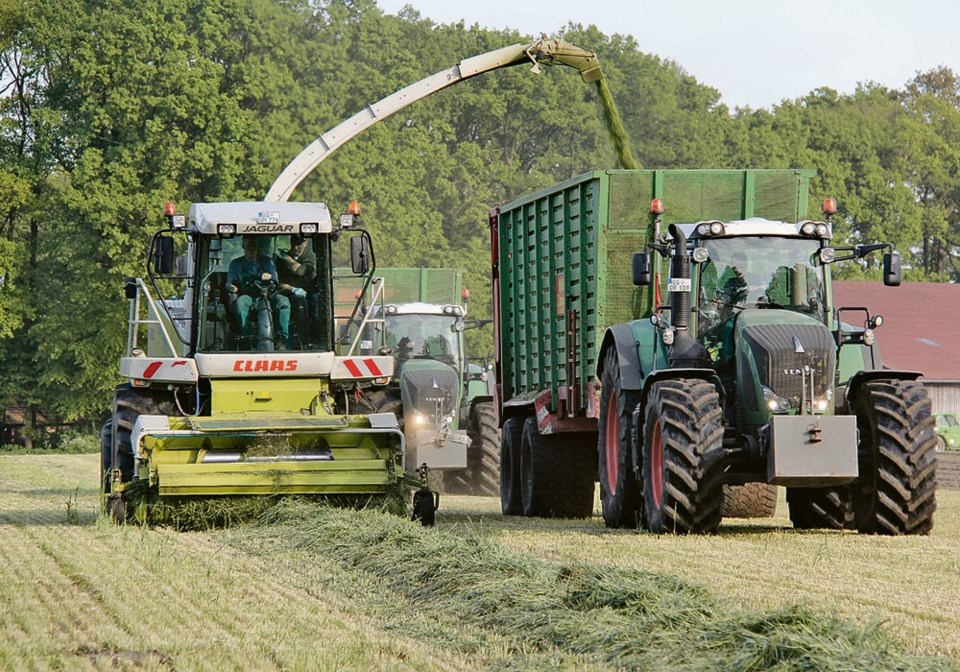WESTERN PRODUCER — It might be tempting for Canadian farmers to buy farm machinery from overseas, but the cost of importing them may not offer much value in the long run.
Farm equipment designed to be sold in markets outside North America do not meet the same engineering standards required for general use or sale here.
“It’s not against the law for someone to import equipment for personal use, but there are risks that come with it,” said John Schmeiser, president of the North American Equipment Dealers Association.
“And that is where the farmer needs to look at the big picture. It doesn’t take much browsing through the Ritchie Bros. auction website to learn that used tractors are less expensive in Europe than they are in Canada, but there is a reason for that.”
The recent difficulty many faced when attempting to buy replacement equipment during the COVID pandemic may have caused some to turn to overseas markets to source machines.
In early March, the Alberta Farmers’ Advocate Office issued an advisory to producers to think twice about considering the importation of “grey market” machines designed for sale outside of North America. The problems, it warns, will sooner or later outweigh the benefits.
“Alberta dealers and distributors cannot provide warranty, service or repair parts as software programs — and sometimes engines — are different and service data is not available,” the AFAO said in a news release.
“What you save on the purchase price may cost you more when you are unable to find parts or repair your equipment.”
Those problems are not just limited to Alberta; they apply to all of North America.
Schmeiser agreed: “If the customer thinks they can save a few dollars by importing equipment designed for another market, they will quickly find that it will cost them more in retrofitting, repairs and trade-in value in the long run.
“If a customer imports directly from another country and does not go through the local dealer, that is where the problems may start. First of all, manufacturers design products subject to the legislative and regulatory environment of the country they wish to sell those products (in). If the farmer wants to trade in a piece of grey market equipment, the dealer cannot sell it without retrofitting it to ensure it is compliant. So the value drops considerably. A farmer expecting a good portion of their new purchase to be covered by the trade-in value will, as a result, be very disappointed.
“For a dealer to legally work on an imported unit, a licensed dealership shop must retrofit it to North American standards. So even before the mechanics get to the repair, let alone the farmer wanting to trade it in later on, they could have a bill in the thousands of dollars.”
When major manufacturers design new machines for the global market, each model undergoes a homologation process, which means different versions of the same model are designed and built for export to different geographical regions. That can include major design changes, such as the direction of rotation of the power take-off shaft, which differs between North America and Europe.
“And (manufacturers), too, do not want their product going to a different market,” said Schmeiser.
“Lighting and marking, safety decals, p.t.o. requirements are some of the issues that can be different, to name a few.
“Dealers are continuing to face this issue. We have anecdotal reports of increasing ‘grey market’ equipment showing up but can’t really verify it with actual statistics. Going back over the past 15 years, we have seen this issue arise from time to time and these units are problematic.
“We applaud the Alberta Farmers’ Advocate Office for issuing this alert.”




